It happens that the situations on the road come out from under our control. Unfortunately, such unpleasant cases can be found quite often. The brakes may be refused by anyone, even if a minute ago, everything was in perfect order. To date, very few drivers are able to cope with such a problem. Most often, the failure of the brakes ends with an accident. And only some motorists know how the driver should behave when the brake fails, the main causes of this malfunction and how to care for the braking system would not allow it. Such information will be not only interesting, but also useful for every motorist, because no one knows what difficulties can wait for you on the road.
Content
- Brake system, maintenance requirements
- Brake failure, reasons for refusal
- Brake fluid, in what condition it should be
- Caliper Brakes, Caliper State
- Brake pressure regulator, regulator state
- Vacuum brake amplifier, in what condition it is
- Air in the brake system, how to remove air
- Refused brakes, driver actions during movement
- Tips of motorists
Brake system, maintenance requirements
Do not remind the driver that the vehicle brake system is a system that requires constant attention and regulatory service. In the brake system, it is necessary to comply with the conditions that manufacturer recommends:
- The thickness of the brake discs must correspond to the thickness specified by the manufacturer.
- Change the brake pads is necessary at the first symptoms of their wear, and they themselves must comply with the conditioned standard.
- The brake fluid should be the recommended sample and it is necessary to change it to the manufacturer specified by the manufacturer.
It is equally important not to save on the elements of the brake system, since such amateurness is fraught with unpleasant or even dangerous consequences.
Brake failure, reasons for refusal
There are many reasons why brakes are able to refuse:
- If the brake fluid leak is carried out as a result of mechanical damage to the seals, gaskets, hoses and pipelines of the brake system.
- If the replacement of the brake fluid is not in time, which entails the loss of operational qualities. The brake fluid is a hygroscopic, on this its untimely replacement leads to a set of high moisture level, which affects a decrease in the boiling point.
- When baying a brake fluid, not intended for the system of your vehicle. Such an unacceptable mixing can lead to the leakage of the brake fluid and the failure of the rubber component elements of the brake system.
Brake fluid, in what condition it should be
First, the brake fluid must comply with the operational requirements - the optimal boiling point, the value of viscosity, the absence of a negative impact on rubber elements, protection against corrosion of metal parts, lubricant of friction pairs, stability at any temperatures and so on. If we talk briefly, it should be high quality.

Secondly, the brake fluid should be intended specifically for your car system. It is desirable when purchasing this material to consult with a specialist.
Thirdly, the brake fluid must be changed regularly and timely. What can the late replacement of the brake fluid be mentioned above.
Caliper Brakes, Caliper State
The caliper performs the braking process.
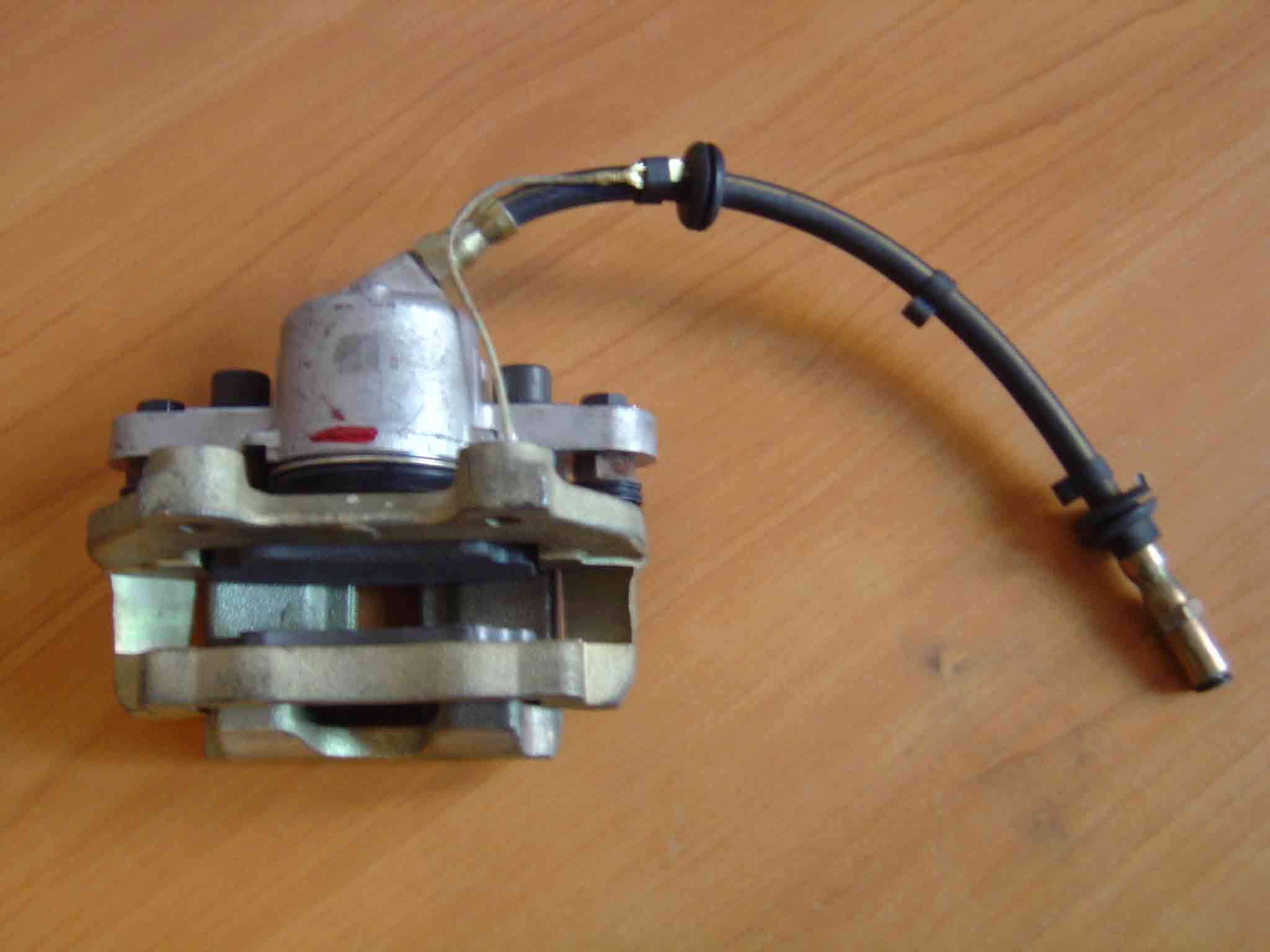
If the guide caliper is scored or the piston is screwed, it will lead to uneven wear of the brake pads, as a result of which the brakes are jammed.
Brake pressure regulator, regulator state
The reason for the failure of the front or rear brakes can be incorrect adjustment of the distributor.

Accordingly, the scheme of the distribution of brake efforts, 70% should have to the front axle, and only 30% on the back. If the distributor is incorrectly adjusted, the front or rear brakes may refuse.
Vacuum brake amplifier, in what condition it is
There are situations where the vehicle stalls while pressing the brake and it seems that the brakes are whistle.

The brake vacuum amplifier does not strengthen the press on the brake pedal, passes the air to the intake manifold, hits, which leads to the dinner of the mixture. Usually, the valve becomes the valve in the vacuum brake amplifier, which does not work. This can happen at low temperatures. And when the vehicle warms up, everything is settled. However, this is a signal that you need to prepare for the repair of a vacuum brake amplifier or its replacement.
Air in the brake system, how to remove air
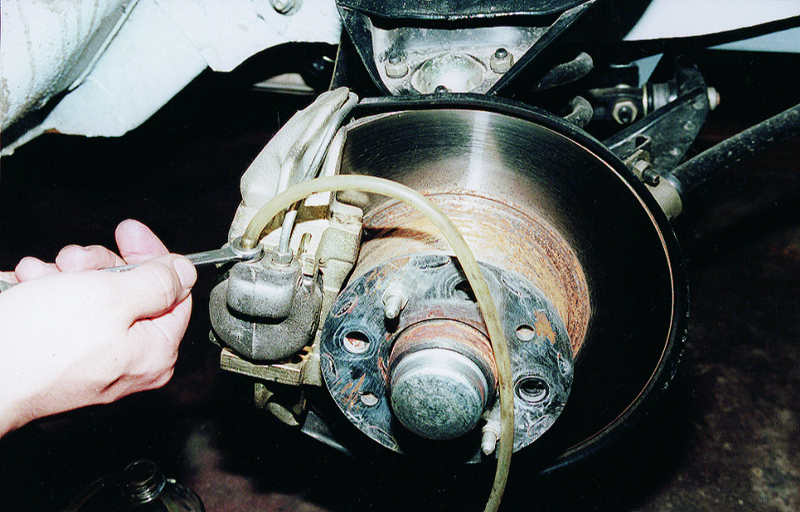
Air entering the brake system can also cause brake failure.
The brake fluid is located in a hermetic system, but it is easy to break by air, as a result of which the brake does not actually work, and the pedal move comes out soft.
Refused brakes, driver actions during movement
Not to get into such unpleasant situations, it is necessary to notice the first symptoms of breakage in a timely manner:
- Related parking brake.
- The brake is grabbed after the pedal holidays.
- Rear wheels are unevenly and too weak.
- Starting the front wheels in force and with noise.
- Pedal can give a big move.
- The brake is hired.
- Delayed braking.
- The brake control lamp turns on.
- The braking signal turns on.
If you notice that the brake does not work, you do not need to panic, collect my thoughts and remember that there are several alternative methods of braking.
In modern cars, a two-circuit brake system, therefore if the brake pedal does not react, it is necessary to wait a bit, while not releasing the pedals. It is possible that one side did not work, and the second did not have time to connect. If the vehicle does not stop within a few minutes, try to let go and press the pedal with a sharp movement. Such a procedure must be done several times - approximately six or seven.
If the brakes completely refused, you will help the braking method by the engine or with the help of the parking brake. However, do not forget that it is strictly forbidden to slow down the handbrake at a speed of more than fifty kilometers, since the vehicle can strongly apply. When applying such a method of braking, you must use the "Ratchet" button while pressing on the handbrake. In addition, the car should be displayed onto the smooth road surface.
Motor can slow down the transport phased shift transmission to lower. To reduce the time of non-working state, you should quickly release the clutch. When reducing the motor turns, the transmission must be switched down again. The turnoves will begin to decline along with speed, the complete stop is made by the handbrake.
There are somewhat less secure methods of braking, and some of them are absurd at all:
- Many drivers believe that the most effective solution for emergency braking is token by hitting another vehicle from behind, but it should be only cargo transport.
- In winter, you can enter a snowdrift, which will be the most optimal option.
- What would not be a frontal clash, much preferably will crash into a tree than you will protect the lives of other participants in the transport movement.
- There is a unique braking method - aerodynamic - if the situation allows you to open all the doors in the car, which will create a strong resistance.
- You can also slow down the vehicle by friction about the borders, buildings, cars standing at the curb and so on. However, this risk will not be justified.
- Some experienced motorists are advised to slow down with gas. To do this, it is necessary to squeeze gas and turn on the rear gear. This method will only affect the motor of sufficient power.
- With a manual gearbox, you can brake, completely turning the ignition without squeezing the clutch.
Tips of motorists
When moving along a mountain or slippery road, braking the engine is most advantageous. Whatever you encounter a different vehicle, it is necessary to include an emergency alarm, click Clockson and constantly flashing long-headed headlights. It is necessary that those surrounding you would notice. All passengers in the car must be fastened. And of course, what would not have happened, pay attention to the main signs of faults in a timely manner, carry out regular diagnostics and repair of such important vehicles of the vehicle as the brake system.
Related Materials
- Stove 2110, bad warm stove 2110, VAZ 2110 heating system, repairing the heating system VAZ 2110 with their own hands
- VAZ 2114 stove blows with cold air, stove 2114, bad warm stove VAZ 2114, device and repair of heating VAZ 2114 do-it-yourself, removing the stove VAZ 2114
- How to subdominize the car. How to put a jack. Types of jacks for cars.
- VAZ 2109 Fuse Block, VAZ 2109 Fuse Block Carburetor, VAZ 2109 Fuse Block Injector, Old VAZ 2109 Fuse Block, VAZ 2109 Fuse Block, VAZ Fuse Block 2109
- Car exhaust gas catalyst, faulty catalyst, pluses and cons of the catalyst, how to change the catalyst on the planeencitel
- Stove blowing cold air VAZ 2114, badly blowing the stove VAZ 2114, why badly blowing the stove VAZ 2114
- How to find out the owner of the car by the number of his car, check the car by the number of the traffic police machine, check the car by the state number of the car for free
- How to choose Used tires, Useful Tips
- Winter car road, pressure in passenger car tires in winter, good battery for the car in winter, whether to warm the car in winter
- In winter, the car is poorly started. How to make a car in winter, do you need to warm up the car in winter, useful tips
- Economy fuel consumption machines, the most economical car consumption
- Tires brands for passenger cars, labeling of car tire labeling, residual passenger car tire protector, how to pick a tire on a car brand, car tire tread pattern
- Working transmission operation, mechanical gearbox clutch work, driving with manual gearbox, useful tips
- Rear beam Peugeot 206 sedan, rear beam device Peugeot 206. Rear beam Peugeot 206 Malfunction, repair of the rear beam Peugeot 206
- Diesel fuel in winter, additive for diesel fuel in winter, how to choose the best diesel fuel
- Diesel winter does not start. How to start diesel in winter, heating diesel in winter.
- Japanese bridgestone tires, winter studded bridgestone tires, bridgestone tires brand
- Tire marking decoding for passenger cars, labeling wheels, how to choose the right tires on the disks
- Diesel engine in winter, launch of the diesel engine in winter, what oil to fill in a diesel engine in winter, useful tips
- LED backlight of the car, the backlight of the bottom of the car, the backlight of the legs in the car, the backlight in the door of the car, the backlight of the car is fine
- Recovered tires, bus tire, restored tire protector, can I use them
- Choose winter tires, which is a winter tires, which pressure in winter tires should be marked with winter tires, how to choose the right winter tires, the best winter tires 2019
- Steering rail rail, knock of steering rack, reasons for the knock and repair of the steering rack do it yourself
- Cameless car tires, a set for repair of tubeless tires, repair of the cannon-free tire do it yourself
- Russian tires, Russian tires Winter, Russian All-season tires, Voronezh AMTEL tires, Tires "Matador Omsk Tire", Kama-tires are world-class bus
- How to open a car without a key. Lost the key from the car what to do, the key from the car inside the car
- Silent tires, quiet winter tires, quiet studded bus, which tires to choose, overview tires
- Tires and safety, safety of the bus, why it is necessary to constantly monitor car tires
- Rules of safe driving of the car in the rain and slush, safe driving of the car for beginners
- Rust converter which is better for cars, rust converters to choose how to use rust transducer, professionals
- Polishing the body of the car do it yourself, how to choose a polishing paste, useful tips
- Engine durability, engine life, how to extend engine life
- Knock in the car. Knock when moving the car. What can knock in the car. How to determine the cause of the knock.
- ABS car, what is ABS car, ABS system malfunction, ABS diagnostics
- Overtaking a car when you can start overtaking a car, rules of traffic rules
- Fuel pump VAZ 2110, VAZ 2110 gas station scheme, VAZ 2110 fuel pump device, VAZ 2110 gas station repair,
- Automotive antennas for radio, automotive antenna device, car antenna do it yourself
- Front suspension Kalina, device front suspension Kalina, knock in front suspension Kalina, repair of front suspension Kalina
- Shock absorber Oil, best oil shock absorbers, pumping oil shock absorbers, how to properly pump oil shock absorber
- Clutch malfunctions, touches clutch, causes a clutch malfunction, how to eliminate

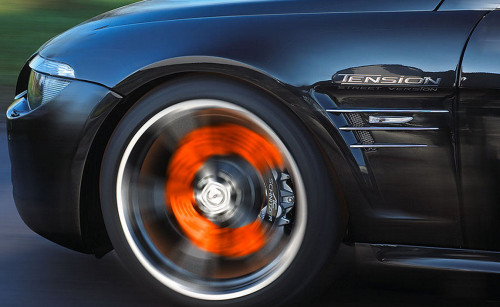
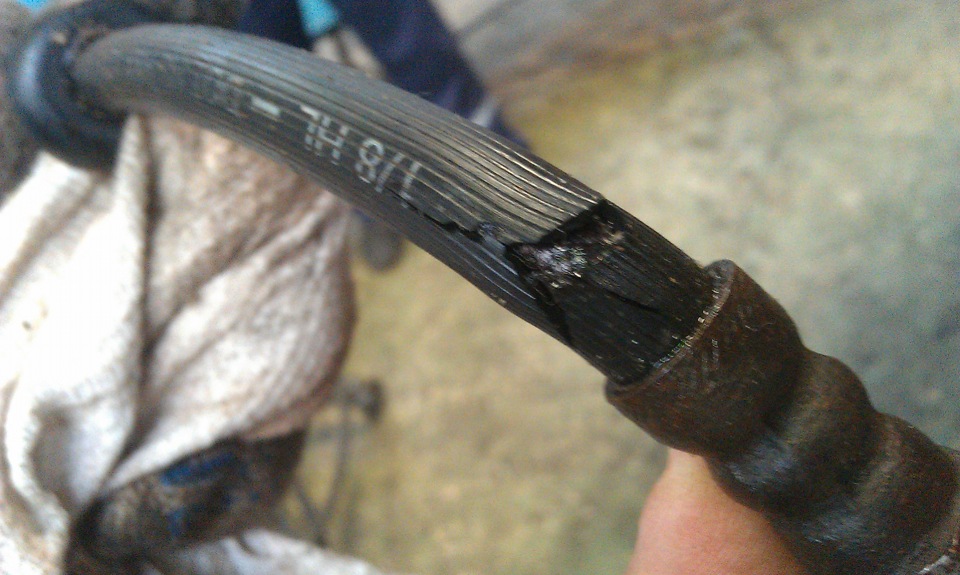

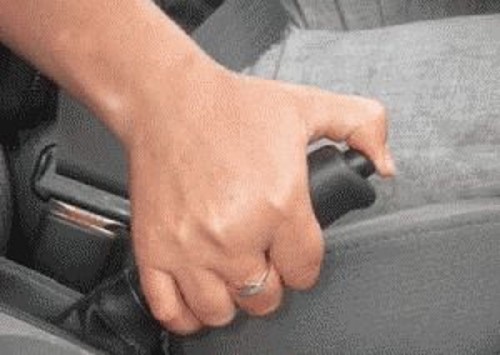






always follow the brake system of the car, and remember if the brakes were denied the evacuator